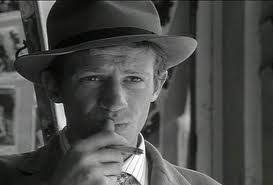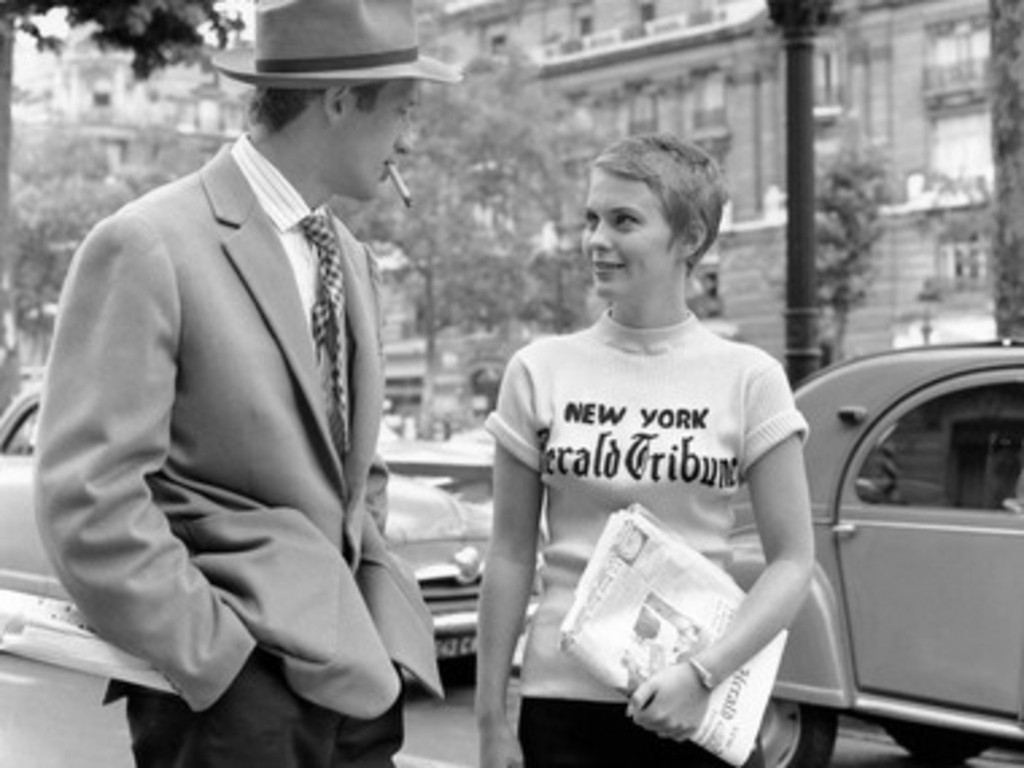1) The first film made by the Lumiere Brothers was called ‘Workers Leaving the Lumiere Factory’ Which was a film, showing off exactly what the films name says. But, the first film that was publicly shown in a film theater that they made, was called ‘Arrival Of a Train At La Ciotat’.
2) A Phantom Ride is when a camera is put on front of a train or a car while it’s moving. It gives off the effect of a phantom flying through the sky, which is where it gets its name from.
3) The Sick Kitten was ground breaking because it was the first use of a close in film, when the film zooms in on the kitten eating. While the Life Of An American Fireman was ground breaking, because it was the first use of continuity editing. However, this was only true for the seconded version of the film. As the first version of the film, showed off the same sv version of the film. As the first version of the film, showed off the same scene twice, but from different angles. While the second version shows off one scene, from different angles as the story progress’. Which is continuity editing.
4) Florance Lawrance was the first film star. She became famous, after she was the first publicly named film star. Audiences’ were shocked, when she was believed to be dead, but then going on to appear in another film. She died in 1938.
5) DW Griffen Directed A Birth of A Nation. The film showed off examples of some of the best film work of the time, however, the subject matter of the film was based around racism and lynching people of color. It also re-started the KKK movement.
6) Cousin’s said that The Danish had the best film industry in 1910.
7) Cousin said that : Urban Gad – The Abyss, was an incredible film. This was due to the naturalistic movement of the actress in the film. As well as that, He said that: Benjamin Christiansen – Haxan, was a reachable film, sue to its story telling.

 Breathless is a film directed by Jean Luc – Godard in 1960. It is a film which was part of the French New Wave film movement. The film was filmed in Paris on sight. This was because breathless had a low budget, around £15,000, which is an extremely low budget for a film. Continuing with this theme
Breathless is a film directed by Jean Luc – Godard in 1960. It is a film which was part of the French New Wave film movement. The film was filmed in Paris on sight. This was because breathless had a low budget, around £15,000, which is an extremely low budget for a film. Continuing with this theme The idea of film Noir is a big idea in this film. From the black and white film reel, to the stereotype of a chain-smoking man in a suit and fedora. Both contribute to the Film Noir style. This film set the standards for Film Noir in the future, any other Noir Film you see will almost seem like or make references to this film. For instance, films such as Blade runner and a Touch of Evil depict dark world
The idea of film Noir is a big idea in this film. From the black and white film reel, to the stereotype of a chain-smoking man in a suit and fedora. Both contribute to the Film Noir style. This film set the standards for Film Noir in the future, any other Noir Film you see will almost seem like or make references to this film. For instance, films such as Blade runner and a Touch of Evil depict dark world
 ‘Strike’ is Sergi Eisenstein’s first full-length film, released in 1925. ‘Strike’ is a silent film about the workers at a factor
‘Strike’ is Sergi Eisenstein’s first full-length film, released in 1925. ‘Strike’ is a silent film about the workers at a factor As well as that, Eisenstein uses Montage in order to show multiple events that are occurring at the same time. For instance, when the workers are revolting against the factory, the shots we are shown keep switching between two of the workers having a fight with one of the owners, while we are also shown all the workers running out of the factory and becoming free.
As well as that, Eisenstein uses Montage in order to show multiple events that are occurring at the same time. For instance, when the workers are revolting against the factory, the shots we are shown keep switching between two of the workers having a fight with one of the owners, while we are also shown all the workers running out of the factory and becoming free.  First, throughout the film the Mise-En-Scene of the film was unique compared to anything that had come before it. Objects in the scenery, such as buildings, chairs and doorways are made to look extremely distorted, compared to reality. This was mainly done to reflect what Germans people’s minds were thinking at the time. They had just co
First, throughout the film the Mise-En-Scene of the film was unique compared to anything that had come before it. Objects in the scenery, such as buildings, chairs and doorways are made to look extremely distorted, compared to reality. This was mainly done to reflect what Germans people’s minds were thinking at the time. They had just co Another good example of things not looking how they should, is the character
Another good example of things not looking how they should, is the character  The cinematographer for this film, Willy Hameister, famously uses an iris in this film for certain shots. He uses an iris in order to force the audience to focus in on a certain character. F
The cinematographer for this film, Willy Hameister, famously uses an iris in this film for certain shots. He uses an iris in order to force the audience to focus in on a certain character. F